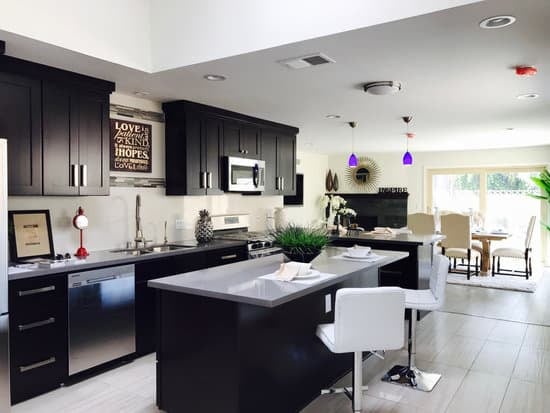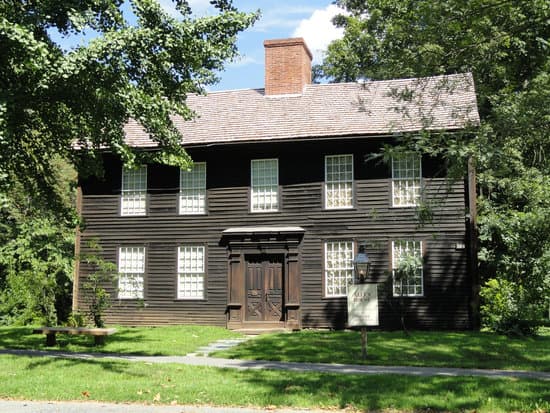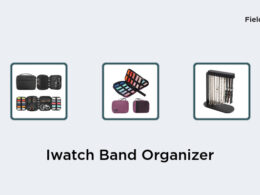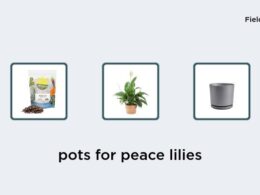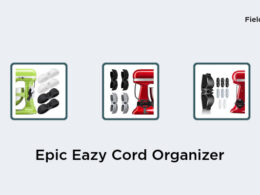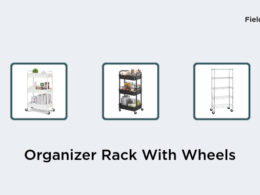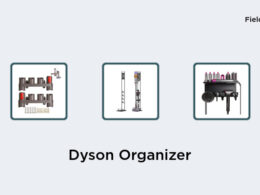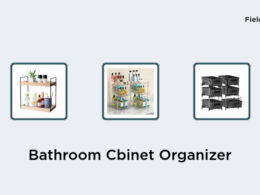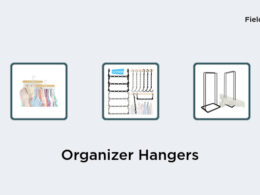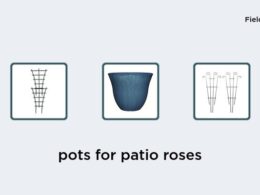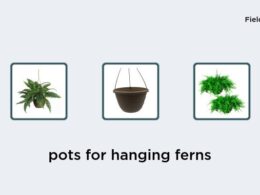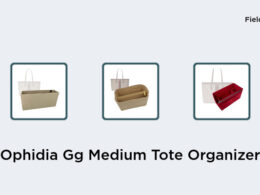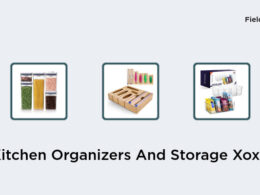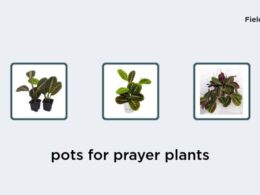The Two Main Disadvantages of Growing Crops Hydroponically
Hydroponics is the practice of growing plants without soil. It involves using nutrient-rich water solutions to grow crops in a controlled environment. Often referred to as futuristic farming, hydroponics has gained popularity in recent years as a more efficient and convenient alternative to traditional gardening methods. However, as with any farming practice, there are some downsides to consider when growing crops hydroponically. In this article, we will explore two main disadvantages of hydroponics and discuss how they can impact crop production.Costly Establishment
Hydroponics systems cost more to purchase and build.
While hydroponics systems can be more efficient in the long run, they require a significant initial investment to establish. In comparison to traditional gardens, hydroponic systems are more costly to purchase and construct. Hydroponic equipment, such as pumps, growing trays, and nutrient solutions can add up quickly. Additionally, hydroponic systems require electricity to run, which can lead to higher energy bills. These costs can be a deterrent for those who are considering hydroponics as a hobby or small-scale farming venture.Vulnerability to Power Failures
Regular power supply is crucial for hydroponics to function.
Hydroponic systems are reliant on electricity to circulate water and nutrients to the plants. Without power, the plants will not receive the necessary nutrients and water, and they may die. Power outages can occur unexpectedly due to storms, technical faults, or other reasons. This vulnerability means that hydroponic farmers have to be continually vigilant and prepare for potential power failures. This can be time-consuming and costly, both in terms of purchasing backup generators and constantly checking on the system’s power supply.Constant Monitoring and Maintenance
Hydroponics systems demand persistent attention and upkeep.
Hydroponics systems require daily monitoring to ensure that the plants are growing correctly. The tight control over environmental conditions means that even small fluctuations, such as pH levels or nutrient concentrations, can significantly impact the crop’s growth. The farmer has to keep a constant watch on the system, checking for any irregularities and making immediate adjustments. Any delays in managing hydroponic systems can lead to significant crop loss or plant damage. This continuous monitoring and upkeep can be challenging for those who may not have the time or resources to devote to their hydroponic system.Susceptibility to Waterborne Diseases
Plants grown hydroponically are at a higher risk of diseases.
Hydroponic systems provide an ideal, sterile environment for plant growth, but they also create a conducive space for waterborne pathogens. These pathogens can spread quickly, infecting the entire crop within days. Since hydroponic systems use standing water, which is rich in nutrients and oxygen, it can provide a breeding ground for bacteria and fungi. The constant monitoring and stringent sanitation practices are necessary to prevent the spread of diseases in hydroponics.Rapid Plant Damage
Problems can affect hydroponic crops faster than traditional gardens.
In traditional gardening, problems such as pests or nutrient deficiencies are easier to detect and control. However, hydroponic plants can be affected faster and more severely, leading to significant crop loss. The controlled environment in hydroponics means that an imbalance or change in the system’s factors can impact the entire crop rapidly. Pests and diseases can damage entire crops within a few days, and since hydroponics is a high-density system, the plants are in closer proximity, making it easier for problems to spread.Limited Plant Selection
Certain plants may not thrive in a hydroponic environment.
While hydroponic systems can grow a wide range of plants, certain crops may not do as well in a hydroponic environment as they would in soil. Plants that require extensive root systems or are more sensitive to environmental factors may not thrive in hydroponics. This limited plant selection can be a significant disadvantage for those looking to grow more exotic or less common crops. In conclusion, while hydroponics has many benefits, it is essential to consider its downsides when deciding whether to adopt hydroponics for crop production. The high setup costs, vulnerability to power outages, constant monitoring and maintenance, susceptibility to waterborne diseases, rapid plant damage, and limited plant selection can impact crop production. With proper planning, care, and attention, however, hydroponics can offer an efficient and exciting way to grow crops strategically.




